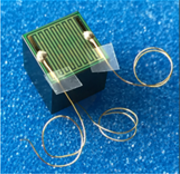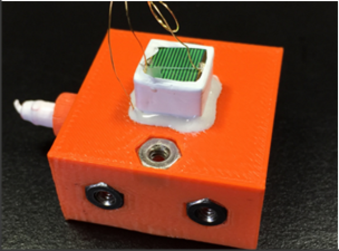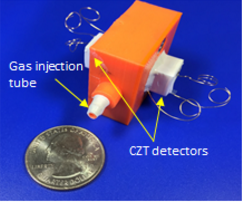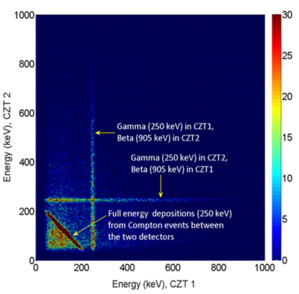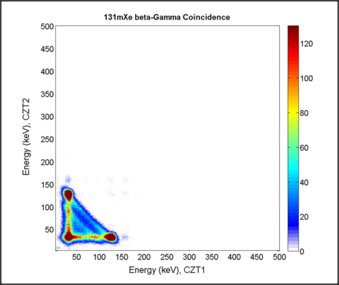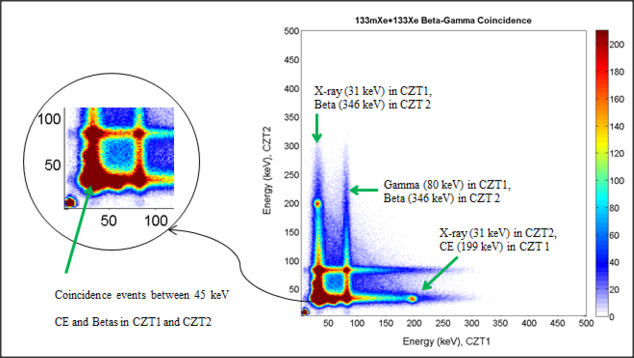Detection of xenon isotopes (radioxenon) has proven to be an important method for detecting nuclear explosions and is particularly well suited to detecting undeclared underground testing. The radioxenon isotopes 131mXe (t1/2 = 11.934 d), 133mXe (t1/2 = 2.19 d), 133Xe (t1/2 = 5.243 d) and 135Xe (t1/2 = 9.14 h) are produced in significant amounts in nuclear explosions and are of particularly high-value in identifying such events and thus are the focus of current radioxenon detection systems. The sensitivity of these devices which is determined as the Minimum Detectable Concentration (MDC) must be high enough to detect an ultra-low concentration of radioxenon in the atmosphere. International Monitoring System (IMS) which is a worldwide network of observational technology helping to detect and confirm violations of the Comprehensive Nuclear Test-Ban Treaty (CTBT) requires that the MDC of all radioxenon detection system be less than or equal to 1 mBq/m3 for 133Xe.
The main objective of this research is to design and develop a new radioxenon detection system which is small and compact with a minimal number of channels which reduces complexity, power and volume and still very good energy resolution can be achieved. Improvements of the available radioxenon detection system used to detect radioactive xenon in the atmosphere in order to discover clandestine nuclear test explosions were the main focus of this research.
This radioxenon detection system was designed and developed based on room temperature semiconductor materials at the Radiation Detection and Dosimetry lab at Oregon State University. The system uses two face-to-face coplanar CdZnTe (CZT) crystals for coincidence detection of beta/conversion electrons and gamma/x-rays. A two channel pulse processor with Field Programmable Gate Array (FPGA) processes anode pulses from the detector.
The detection system was characterized for radioactive lab sources and four radioxenons of interest and showed promising results. The MDC of our detection system for 133Xe is below 1 mBq/m3 which is compatible with IMS requirements.

